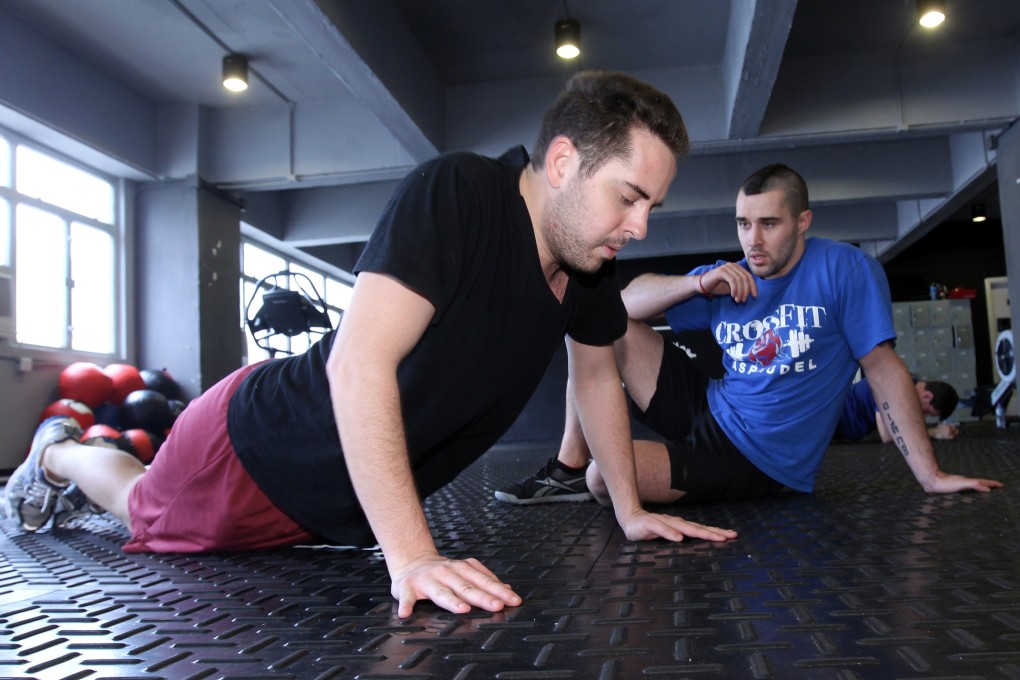
It was golfer Tiger Woods who made high intensity exercise trendy. Copied from military boot camp training with relentless gung-ho instructors, this kind of thing has become almost a cult, thanks to outfits like CrossFit. CrossFit has been around for some 13 years, but only recently reached Hong Kong, which now boats five CrossFit “boxes”. It took Action Asia and adventure running to raise the profile of competitive exercise here. A CrossFit franchise costs US$3,000 (HK$23,260). Several other extreme gyms have also sprung up lately, but the majority of devotees are Westerners. It seems to appeal to the high-achieving, competitive finance industry folks, the type who relish getting up for 5am intensive exercise sessions where they compete against themselves and fellow exercise nuts. That’s pretty sad, but when a friend told me she quit CrossFit classes when they were encouraged to exercise until they vomited, when everyone applauded, I thought this sounds not just sick - in every sense - but dangerous. Don’t they read the news? Three elite soldiers died in the UK this summer from extreme exercise. It’s not surprising it doesn’t appeal to local Chinese, they have too much sense. As it is, it has a 16 per cent drop out rate. These gyms are not cheap either, with a one-on-one high-intensity session with a senior trainer costing up to HK$1400, depending on the gym. Most people would do three a week, so the cost mounts up, but I suspect these driven types would do anything to get fit, so money is not an issue. Group classes are much cheaper, but they come with high decibel shouting and yelling.
Expert view
So time for a chat with a sensible fitness and movement specialist, founder of the Stretch studio Chirs Watts. This lot are using extreme exercise to compensate for the rest of their extreme lifestyle, he feels. “Extreme fitness is for extreme people, I find.” It’s like trying to be an elite athlete when you’re not. The problem is fitness should be lifelong, you can’t just do it for a burst and stop, without negative consequences. “You need to do high intensity exercise for at least three months, by which time it should be part of your routine.” So the message is, if you can’t keep it up, don’t start. Actually, he says, spectacular results can be achieved in just one to three months. Women who could only lift 5kg weights were able to hoist 110kg after just three months of training. “You’re looking for power, not strength here, that’s why you train quickly, at speed.” But he stresses it’s almost more dangerous to do short bursts of high intensity exercise once a week than nothing at all.
When it comes to the high-protein low-carb Paleo caveman diets which are often preached by these gyms, Watts rolls his eyes. Too brutal, he says. However you cut it, anything unbalanced is a fad diet and you will struggle to stick to it. So how should we eat for health? “Simple: 30 per cent protein, 40 per cent carbs, 30 per cent good fats,” is the rule of thumb, he says. Get the best quality food you can afford. After that it’s the 80-20 rule: eat 80 per cent good stuff and the other 20 per cent doesn’t matter.
Mainly a Western thing
